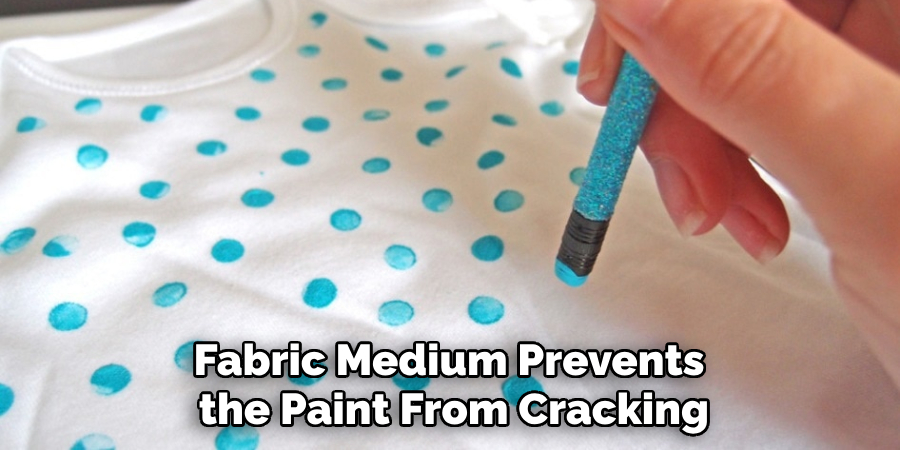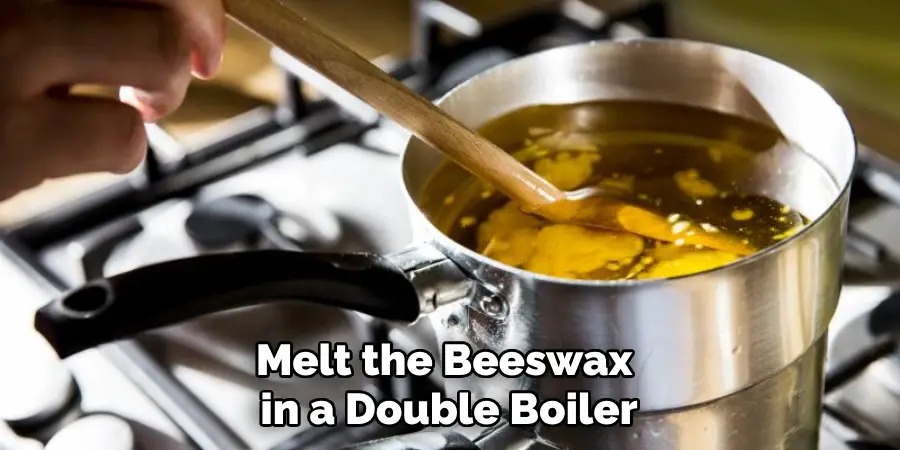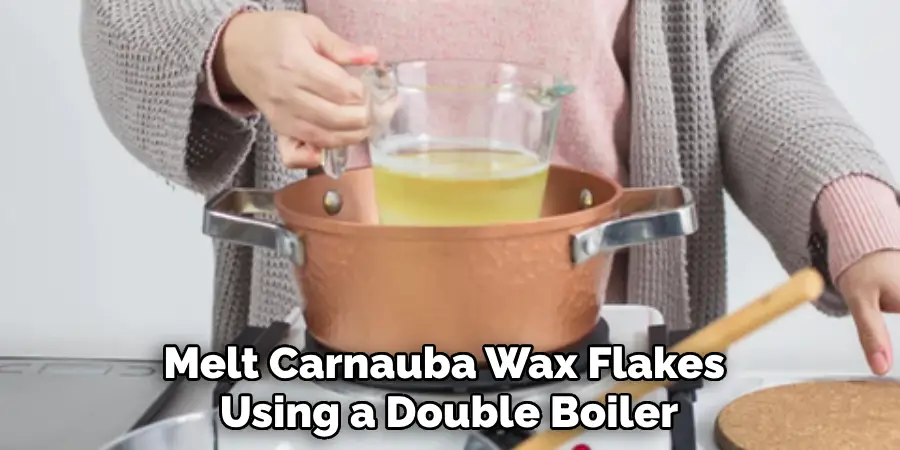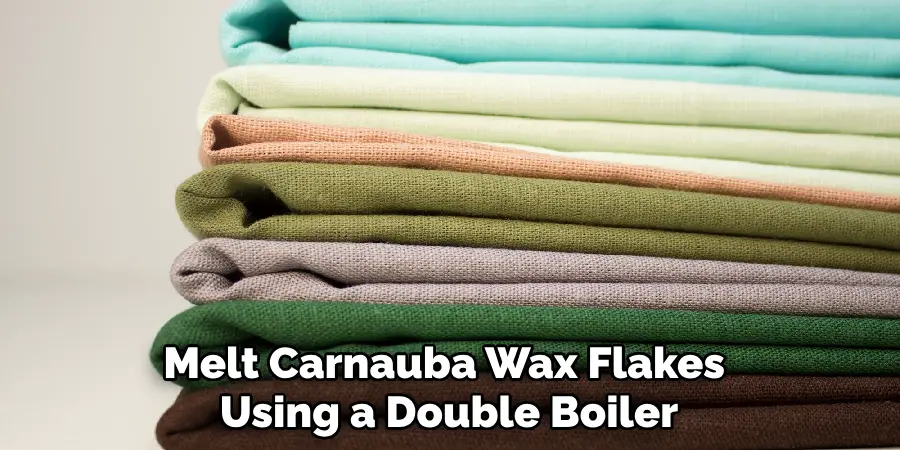Crafting your own fabric medium without glycerin opens up a world of creative possibilities for artists and DIY enthusiasts seeking to transform their acrylic paints into fabric-friendly, permanent designs. Fabric medium is a crucial component in fabric painting, as it ensures the paint adheres effectively to fabric surfaces while remaining flexible and washable.

Although many commercial fabric mediums contain glycerin, there are alternative methods to create this essential mixture without it. In this article, we will explore how to make fabric medium without glycerin.
Whether you’re a textile artist, fashion designer, or someone simply looking to infuse your wardrobe with unique, hand-painted designs, understanding how to create fabric medium without glycerin will empower you to unleash your creative potential on fabric canvases without compromising on quality or flexibility.
The Importance of Fabric Medium in Painting on Fabric
Fabric medium is an essential tool for artists who work with fabric as their canvas. It is a type of acrylic paint additive that helps to improve the quality and durability of painted designs on fabric. Fabric medium prevents the paint from cracking, fading or peeling off after it has been applied and dried onto the fabric surface.

As an artist, you may be wondering why you need fabric medium when regular acrylic paint can also be used on fabric. While it is true that regular acrylic paint can adhere to fabric, it may not have the same longevity and flexibility as when combined with fabric medium.
This is because fabric medium helps to soften and preserve the texture of the fabric, allowing it to withstand repeated washing and wear.
Moreover, using fabric medium also allows for better blending and layering of colors on fabric, making it easier to create intricate designs and achieve desired color shades. This is particularly useful when working with delicate fabrics such as silk or chiffon, where regular acrylic paint may not adhere well without the use of a fabric medium.
Now, you may be wondering how to make fabric medium without glycerin. While glycerin is a common ingredient in commercial fabric mediums, it is not always readily available for every artist. The good news is that you can make your own fabric medium using simple household ingredients.
10 Methods How to Make Fabric Medium without Glycerin
1. Beeswax
Beeswax is a natural wax made by bees and is a great alternative to glycerin when making fabric medium. To make fabric medium with beeswax, you will need beeswax, white spirit, and water.
First, melt the beeswax in a double boiler or in the microwave. Then add the white spirit and water to the melted wax and stir until it is fully combined. Once the mixture has cooled, it can be used as a fabric medium.

2. Gelatin
Gelatin is a protein derived from animal collagen that can be used as an alternative to glycerin when making fabric medium. To make fabric medium with gelatin, you will need gelatin powder, water, and white spirit. First, dissolve the gelatin powder in hot water until it forms a thick paste.
Then add the white spirit and stir until it is fully combined. Once the mixture has cooled, it can be used as a fabric medium.
3. Egg Yolk
Egg yolk is another natural option for making fabric medium without glycerin. To make fabric medium with egg yolk, you will need egg yolks, white spirit, and water. First separate the egg yolks from the whites and whisk them together until they are light and fluffy.
Then add the white spirit and water to the egg yolks and mix until it is fully combined. Once the mixture has cooled, it can be used as a fabric medium.
4. Gum Arabic
Gum Arabic is a resin derived from acacia trees that can be used as an alternative to glycerin when making fabric mediums. To make fabric medium with gum Arabic, you will need gum Arabic, white spirit, and water. First, dissolve the gum arabic in hot water until it forms a thick paste. Then, add the white spirit and mix until it is fully combined. Once the mixture has cooled, it can be used as a fabric medium.
5. Vegetable Oil
Vegetable oil can also be used as an alternative to glycerin when making fabric mediums. To make fabric medium with vegetable oil, you will need vegetable oil, white spirit, and water. First, combine equal parts of vegetable oil and white spirit in a bowl or container. Then, add enough water to create a thin paste. Once this mixture has cooled, it can be used as a fabric medium.

6. Cornstarch
Cornstarch is another natural option for making fabric medium without glycerin. To make cornstarch-based fabric mediums, you will need cornstarch, white spirit, and water. First, dissolve cornstarch into hot water until it forms a thick paste. Then, add equal parts of white spirit and mix until it is fully combined. Once this mixture has cooled, it can be used as a fabric medium.
7. Soy Wax
Soy wax is another natural option for making fabric media without glycerin. To make soy wax-based fabric media, you will need soy wax flakes, white spirits, and water. First, melt soy wax flakes in either a double boiler or microwave oven, then add equal parts of white spirits followed by enough amount of cold distilled water till desired consistency is achieved then let cool down before use
8. Stearic Acid
Stearic acid is an organic compound that can also be used instead of glycerin when making fabric media’s To make stearic acid-based fabric media, you will need stearic acid powder or flakes along with equal parts of distilled cold water then heat up slowly on low flame while stirring continuously till all lumps dissolved completely then let cool down before use
9. Carnauba Wax
Carnauba wax, which comes from the leaves of the carnauba palm tree native to Brazil also makes a great substitute for glycerin when creating fabrics media For this purpose, first melt carnauba wax flakes using a double boiler or microwave oven, then combine equal parts of distilled cold water followed by a few drops of essential oils if desired then let cool down before use

10. Emulsifying Wax
Emulsifying wax, which consists mainly of fatty acids derived from plants, also makes a great substitute for glycerin when creating fabrics media For this purpose, first melt emulsifying wax using a double boiler or microwave oven, then combine equal parts of distilled cold water followed by a few drops of essential oils if desired then let cool down before use.
Emulsifying wax also has the added benefit of providing more structure and stability to your homemade fabric medium.
Things to Consider When Making Your Own Fabric Medium
When it comes to painting on fabric, there are a few options available. You can either use traditional fabric paint, which is specially formulated for use on textiles, or you can make your own fabric medium and mix it with regular acrylic paint.
Quality of the Final Product
When making your own fabric medium, one of the most important things to consider is the quality of the final product. Fabric paint is specifically designed for use on textiles and has properties that make it more durable and long-lasting.
By making your own fabric medium, you may compromise the quality of your artwork. It is important to test your homemade fabric medium on a small piece of fabric before using it on a larger project to ensure that it achieves the desired results.
Type of Fabric and Paint
Another factor to consider is the type of fabric and paint you will be using. Different fabrics require different types of paint, and not all fabrics will work well with homemade fabric medium. For example, natural fibers such as cotton and linen may absorb the paint differently compared to synthetic fabrics like polyester or nylon.

It is important to do some research on the type of fabric you will be using and choose a compatible paint that will work well with your homemade fabric medium.
Longevity
When creating your own fabric medium, it is also important to consider how long the finished product will last. Some homemade fabric mediums may not have the same longevity as store-bought fabric paints, which can affect the overall durability of your artwork. Keep in mind that certain factors like washing, exposure to sunlight, and wear and tear can also impact the longevity of your project.
Conclusion
Crafting fabric medium without glycerin is a great way to reduce costs and still have a durable material. Not to mention, it’s very versatile and can be used for numerous projects. Whether you’re a novice or an experienced crafter, making fabric medium is easy to do with just a few simple steps.
Best of all, it can provide you with many years of use! So don’t hesitate – get creative and start making fabric medium without glycerin today! Take the time to experiment and figure out what works best for your particular needs, and you’ll be sure to find success. Finally, remember that if you ever had any questions regarding how to make fabric medium without glycerin, help is only an internet search away!


